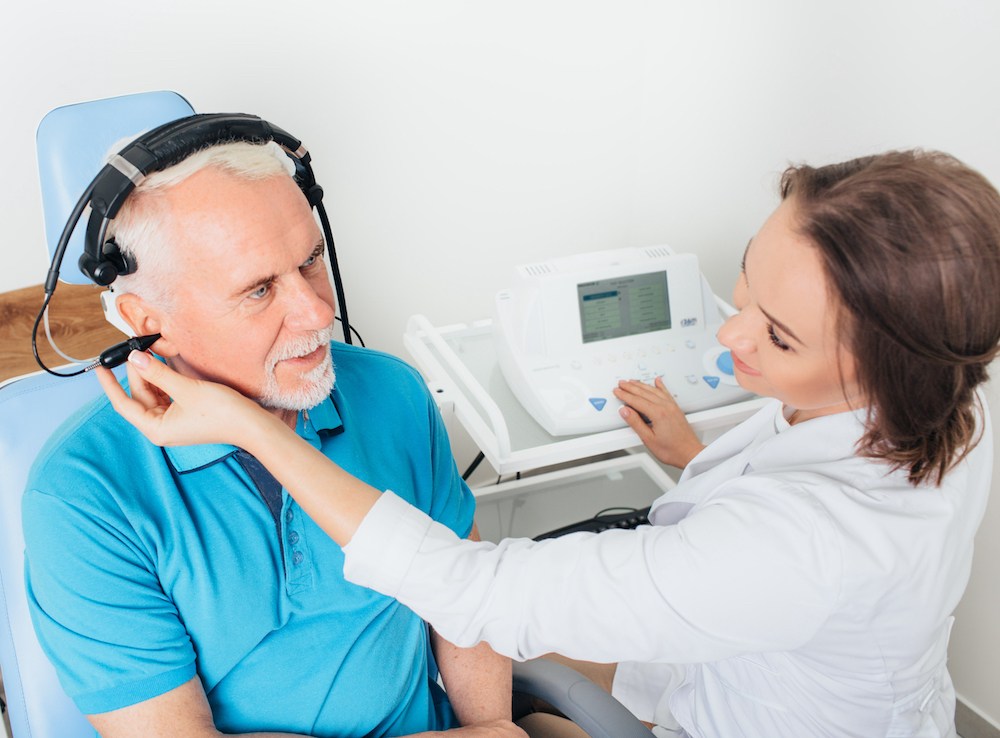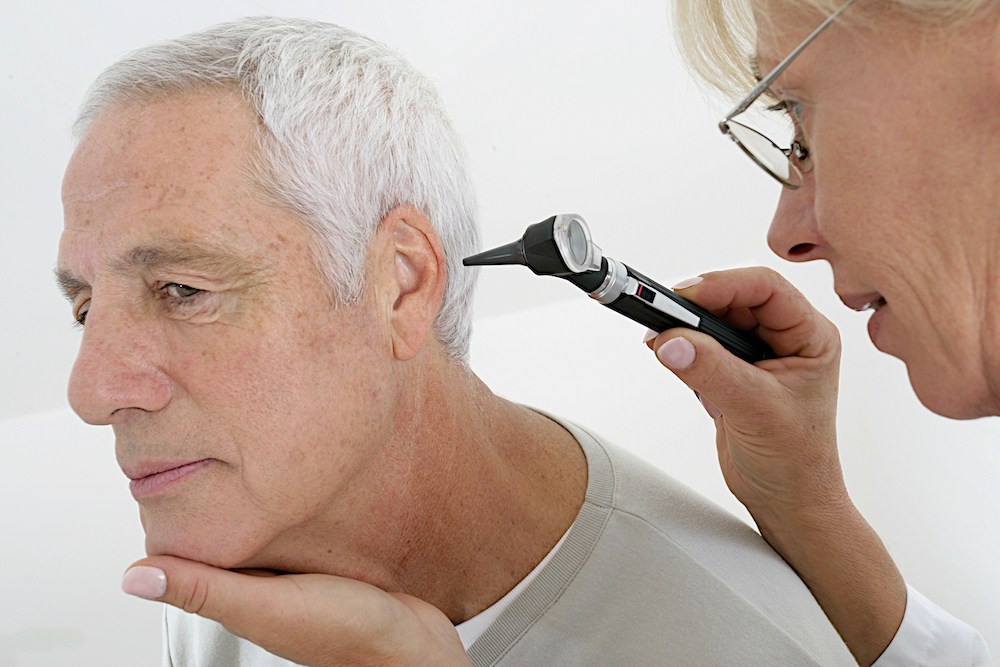The Importance of Regular Check-Ups with a Hearing Instrument Specialist
There’s not overestimating how important screening tests and regular

By: admin | October 4, 2017
Are you having trouble hearing the TV? Hearing the TV can be difficult when you have hearing loss. There are several problems with the audio of the TV. For example, sometimes actors don’t always face the camera. In addition, the background noise is sometimes louder than spoken word. Furthermore, people might have problems hearing the TV because of the ambient noise in their own house.
Did you know that the TV is sometimes the area that people first notice they are having problems hearing? Whatever the reasons, the TV volume can be a real concern because a person might listen louder than is comfortable for other family members.
Assistive devices help when watching the TV because they deliver the sound from the TV to the hearing aid or ears. Therefore, instead of having the sound of the TV come across the room to the sound comes right to your ear. When the sound is transmitted directly to the ear it is much easier for the person to hear the TV. It’s a much better solution than just turning up the volume.
Assistive listening devices come in several different styles. Each style has benefits and drawbacks depending on your level of hearing loss, your budget, and your lifestyle. If you’re having trouble hearing, it’s best to consult your hearing professional to make sure you get the best solution for your life. Here are 2 options to consider bringing up when you meet with your hearing professional:
TV Ears – Come in over-the-ear headphones or in-the-ear earbuds. A person takes their hearing aids out before you can wear TV ears. A base unit transmitter sits by the TV and wirelessly connects to the headset. A person has to sit within range and unobstructed so the TV audio will get to the headset. TV ears have volume and tone control.
Bluetooth to Hearing Aids – Many hearing aids have compatible devices that allow TV audio to transmit through the accessory device and to a hearing aid. Hearing aids need to be Bluetooth compatible in order to work this way. Bluetooth streaming can helps many users clearly understand speech because the amplification is going right in the hearing canal.
TV’s have additional features that can help a person understand what is being said on the TV. First, captions are available for the TV. Captions are very helpful because it prints on the TV screen what is being said. They are beneficial because a lot of speech is difficult for a person with hearing loss to distinguish. TV Captions have limitations because they are not always accurate and they may scroll too fast for some viewers.
Second, many TV’s have special volume settings to help make speech more distinct. In the setting menu, you may be able to turn up the volume for the spoken words and turn down the background noise. Each TV manufacturer has different features: it is best to refer to the owner’s manual or do an internet search for your specific TV make and model.
The biggest problem with hearing loss is not one of amplification because we actually interpret hearing in our brain. Turning the volume up on the TV won’t help us understand what’s happening because our brain might not understand what a sound means anymore. Using assistive listening devices like TV ears or Bluetooth devices that connect hearing aids to the TV audio can help people hear better on the TV. Assistive listening devices work better than the TV speaker because the sound is closer to the ear canal, and therefore clearer.
Only using assistive listening devices for the TV and not wearing hearing aids isn’t recommended. We don’t recommend that because we want people to support their hearing and their brain in every listening environment. Only using TV may contribute to a more rapid loss of hearing than if hearing aids were used too.
Hearing aids are the best way to preserve the hearing you have left, keep your brain healthy through proper stimulation, and keep you engaged in life. Assistive devices that can help you hear better in challenging listening environments – like the TV – are recommend by our staff after our clients are used to their hearing aids.
Our team at Texan Renew Hearing Center really cares about your total hearing experience. We want to help you understand your hearing loss and can help you decide the right mix of devices for you. But first, please click the following link to schedule your complimentary hearing test or call (512) 359-3935. We have four convenient office locations to serve you in San Marcos, Seguin, Wimberley, and Floresville.
Like us and follow us on Facebook to learn more about hearing loss.

There’s not overestimating how important screening tests and regular
By: admin | April 29, 2024

If you are one of the 48-million Americans who experience some degree of
By: admin | April 28, 2024

During a hearing aid fitting there are several steps. Your hearing health
By: admin | March 31, 2024
